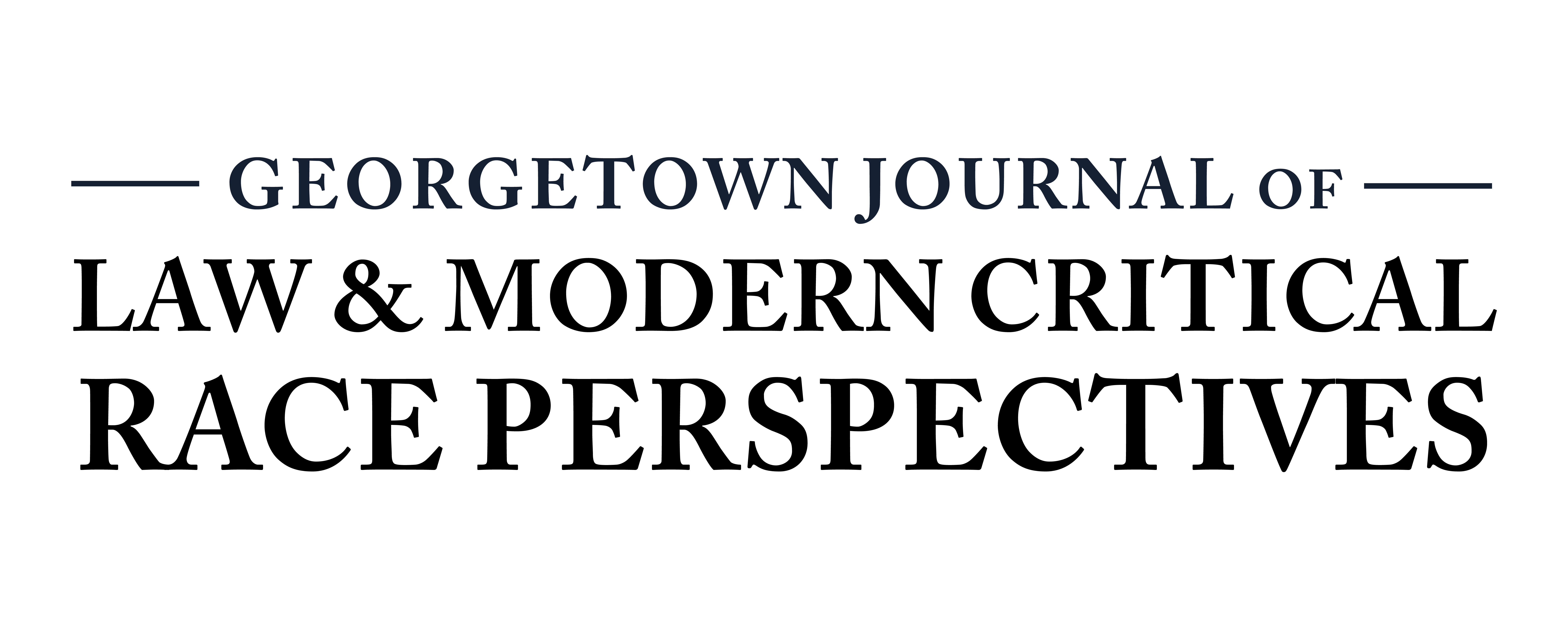Brown v. Board Struck Down de jure Segregation, but Gentrification Poses a Barrier to School Integration
February 13, 2024 by Ebony Williams
Brown v. Board of Education was a landmark Supreme Court decision that struck down the separation of educational facilities based on race.[1] In Brown, African American students were denied access to public schools attended by their white counterparts because of segregation laws.[2] These Black students fought for equal access and admission to public schools under the Equal Protection Clause of the Fourteenth Amendment.[3] The Court ultimately held that “separate educational facilities are inherently unequal.”[4]
This historic decision did not lead to desegregation across American school systems. Almost seventy years later, New York is still the “most segregated state in the nation for Black students and second-most segregated for Latino students, following only California.”[5] The 2021 New York School Segregation Report Card highlights how slowly New York schools have integrated over the course of seventy years.[6] While there are declining trends of “intense segregation” in New York City public schools (>90% non-white student population), between 2010 and 2018, that decline was only two percent, decreasing from 72% to 70%.[7] This lack of diversity in NYC public schools is alarming because many lower income Black and Brown communities have experienced rapid gentrification since the mid-2010’s, which is not reflected in their school’s demographics.
The National Geographic Society describes gentrification as a demographic and economic transition of communities that ousts lower income people of color for higher income, predominantly white newcomers.[8] Gentrification should theoretically bring school integration because gentrification is the process of changing neighborhoods. A 70% non-white student population is intrinsically antithetical to gentrification, especially in New York. Bed-Stuy, Brooklyn is the perfect example of gentrification in NYC. The average cost of a home in Bed-Stuy in the 1970’s was approximately $30,000; in 2020 the average cost of a home skyrocketed to approximately $1,000,000.[9] This directly correlates to the income and racial changes in the community. In 2000, Bed-Stuy’s poverty rate was 35.9% while in 2021 it was 24.2%.[10] In 2000, Bed-Stuy’s Black population was 74.9%. In 2021, that number dropped to 40.4%. The economic and racial changes in Bed-Stuy are illustrative of a shifting New York community; however, these changes don’t appear to be translating to neighborhood schools.
Even with gentrification increasing the number of non-Black and non-Latinx people in certain NYC communities, the school systems have not changed as drastically as the neighborhoods have. This gentrification keeps school segregation stable and can lead to the closure of schools in communities of color altogether. [11] Urban Matters: A Housing Initiative found that gentrifying families tend to opt out of the schools in the areas they are gentrifying, leaving schools in gentrified neighborhoods to struggle to find students to teach.[12] Stanford’s Center for Education and Policy Analysis found that, “school closures increased the probability that the most segregated Black neighborhoods experienced gentrification by 8 percentage points.”[13] Thus, gentrification, which may appear antithetical to segregation, is not only fueling it but leading to school closures all together.
There are very few court cases in New York that are currently grappling with gentrification as a legal issue; however, Matter of Ordonez v. City of New York is an example of low income residents bringing a suit because the gentrification impact of a rezoning project could displace them.[14] The court dismissed their claim, holding it is not the court’s role to determine how the city draws balance between beautification, progress, and poverty. [15] Unfortunately, if the court is unwilling to participate in striking a balance between beauty and poverty, low income neighborhoods will continue to change which negatively impacts schools in low income areas.
Without a legal system that wrestles with the impacts of gentrification, the hope for school desegregation that originated with Brown v. Board is nothing more than a faint glimmer on the distant horizon in New York.
[1] Brown v. Board of Education, 347 U.S. 483 (1954).
[2] Id. at 488.
[3] Id.
[4] Id. at 495.
[5] Rachel Silberstein, Nearly 70 years after Brown decision, New York schools still separate and unequal, TIMES UNION (Feb. 22, 2022, 6:32 PM), https://www.timesunion.com/news/article/Nearly-70-years-after-Brown-decision-New-York-16828901.php.
[6] Danielle Cohen, NYC School Segregation A Report Card From The UCLA Civil Rights Project, CIVIL RIGHTS PROJECT (June 2021) https://www.civilrightsproject.ucla.edu/research/k-12-education/integration-and-diversity/nyc-school-segregation-report-card-still-last-action-needed-now/NYC_6-09-final-for-post.pdf.
[7] Id. at 10.
[8] Encyclopedic Entry Gentrification, NATIONAL GEOGRAPHIC, https://education.nationalgeographic.org/resource/gentrification/.
[9] Adia Atherley, Visualizing NYC with W.E.B. Du Bois, (May 25, 2022) https://eportfolios.macaulay.cuny.edu/visualizingnyc/2022/05/15/gentrification-and-bed-stuy/.
[10] Bedford Stuyvesant Neighborhood Profile, NYU FURMAN CENTER, https://furmancenter.org/neighborhoods/view/bedford-stuyvesant.
[11] Laura Newberry, How shuttering schools can speed up gentrification, LOS ANGELES TIMES (Apr. 11, 2022, 12:02 PM)
[12] Jennifer Candipan, How Does Neighborhood Gentrification Influence School Composition, HOUSING MATTERS AN URBAN INSTITUTE INITIATIVE (June 23, 2021)
[13] Francis A. Pearman, II & Danielle Marie Greene, School Closures and the Gentrification of the Black Metropolis, STANFORD CENTER FOR EDUCATION POLICY ANALYSIS (Feb. 2022) https://cepa.stanford.edu/sites/default/files/wp21-02-v022022.pdf.
[14] Id.
[15] Matter of Ordonez v City of New York, 2018 N.Y. Misc. LEXIS 2911, *79.

